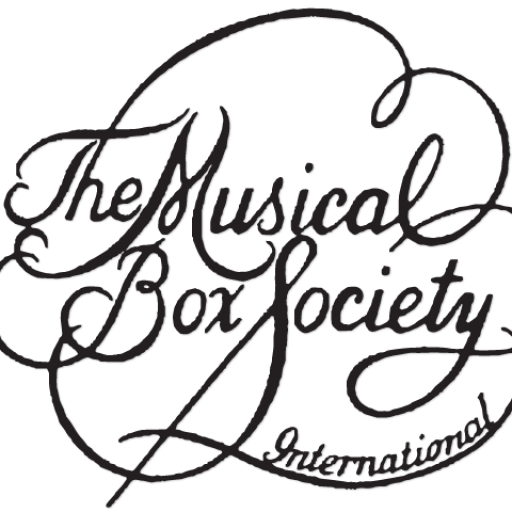The sleeve-shaped truncated metal cone used on the Capital "cuff" boxes made by F.G. Otto & Sons (collectors’ term used today).
cylinder music box
Music box, usually containing one or more tuned metal music combs, having the music programmed on a pinned metal (usually brass) cylinder. Popular during the 19th century. One of two main music box types, the other being the disc box.
cylinder separators
The discs, made of zinc or brass, located inside of a musical box cylinder to keep the cylinder in round.
cylinder
Wooden cylinder or barrel used in a barrel piano, organ, or orchestrion. Individual notes are represented by protruding metal pins or staple-like bridges. In a musical box, the barrel is made of thin (about 0.5mm) brass. The tapered pins of the musical program are driven tightly through the cylinder and additionally held in place with sealing cement.
cymbal
Plate-shaped metal disc, usually slightly concave, made of brass (stamped from a brass sheet, spun on a lathe, or wire-wound). Usually from 10" to 16" in diameter, although smaller cymbals are found in mechanical pianos. Large cymbals are usually called crash cymbals or Chinese crash cymbals. Small and medium-sized cymbals are struck by wooden (usually) or metal beaters; large ones, by wood or by felt-padded beaters. A popular device for accenting the rhythm in an orchestrion or organ. * German: Becken.
